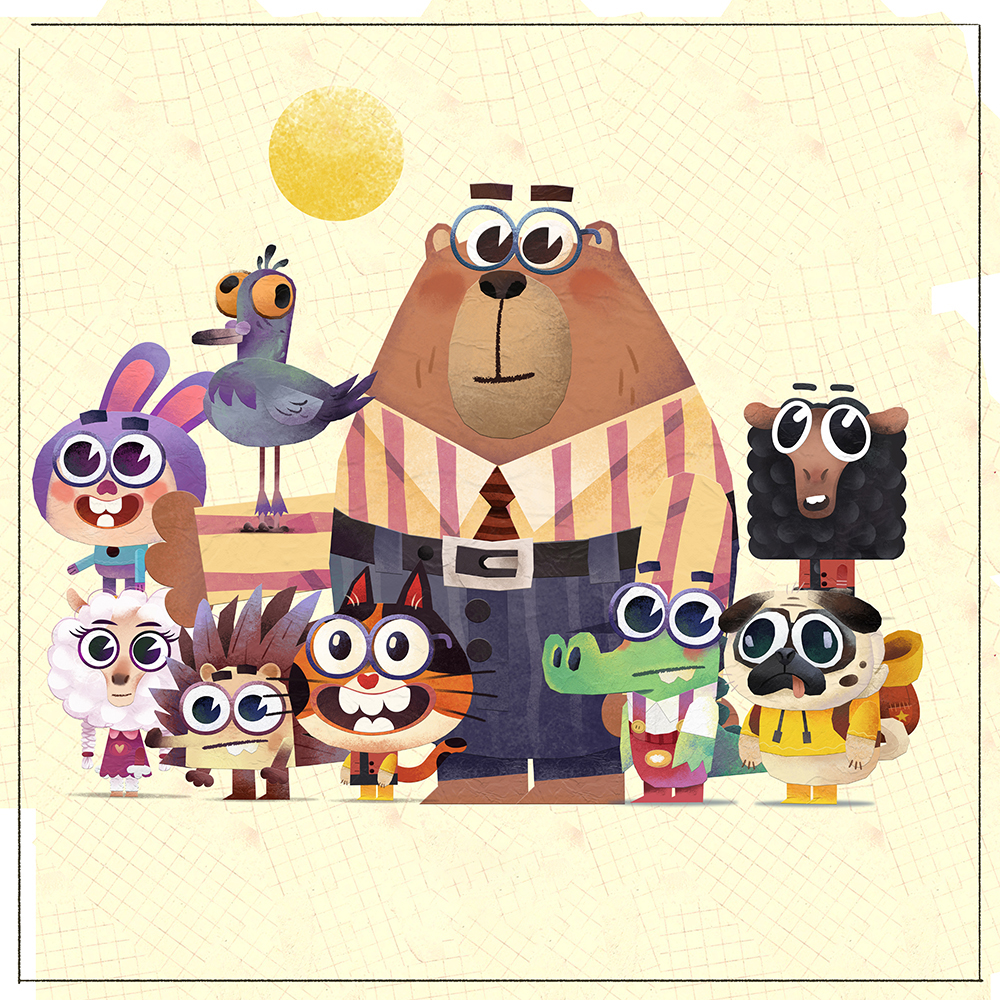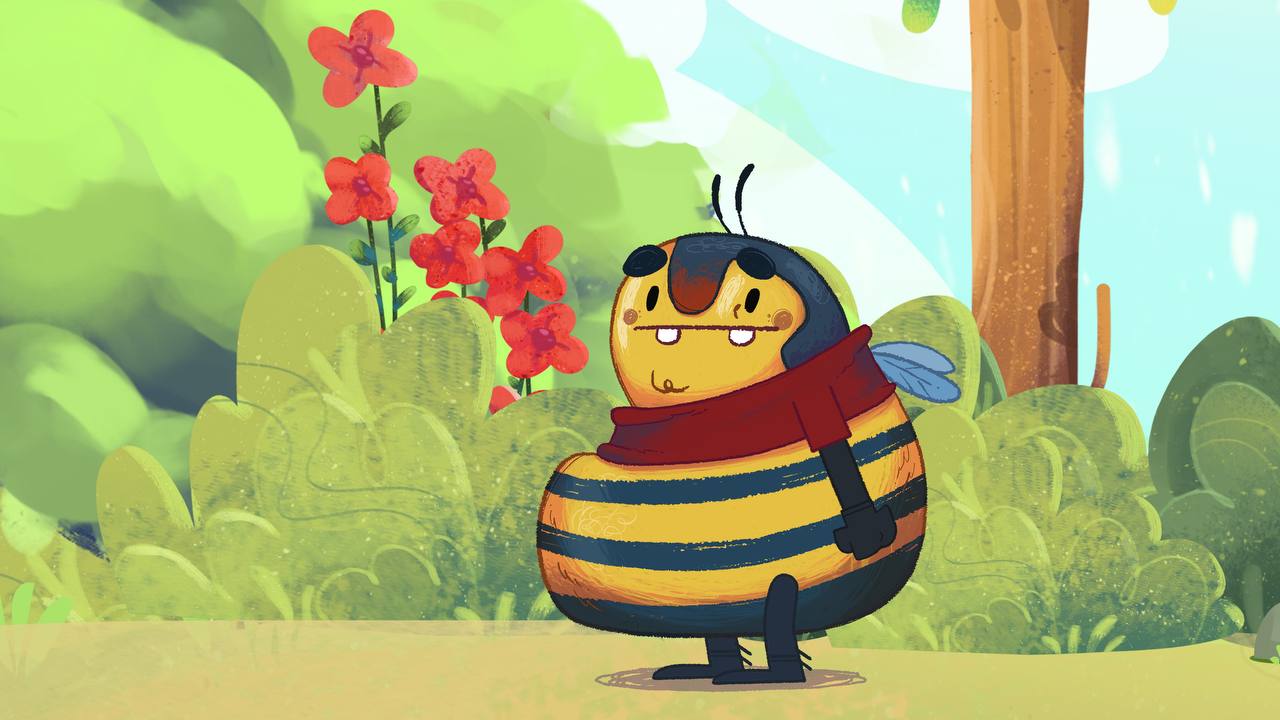For generations, children’s narratives have been populated by a diverse array of animal characters. From Aesop’s fables to modern animated marvels, these furry and feathered companions have played a crucial role in guiding young minds through captivating stories. But why are animals so effective in engaging children and leading them through the complexities of narratives? This article delves into the power of animal characters in children’s literature, exploring the unique ways they facilitate understanding, spark emotions, and shape young imaginations.
History of using animals in animation
The history of using animals in animation is a long and fascinating tale, stretching back to the very beginnings of the medium itself. Here’s a condensed journey through this evolution:
Early Beginnings (1870s-1920s):
- Pre-Animation Pioneers: The earliest animation experiments featuring animals date back to the late 1870s with Eadweard Muybridge’s “Galloping Horse” series. Later, Émile Cohl created animated sequences with comical animal characters in the early 1900s.
- Silent Film Era: Animals became prominent during the silent film era, with studios like Pathé Frères and Walt Disney experimenting with animal characters. Winsor McCay’s Gertie the Dinosaur (1914) stands as a landmark, showcasing realistic movement and emotional expression.
Golden Age of Animation (1920s-1950s):
- Rise of Anthropomorphism: This era saw the explosion of fully anthropomorphized animal characters. Studios like Disney, Warner Bros., and Fleischer Studios created iconic characters like Mickey Mouse, Bugs Bunny, Betty Boop, and Popeye, establishing iconic personalities and distinct design styles.
- Short Film Dominance: Animal characters thrived in short films, offering humor, slapstick, and moral lessons. Felix the Cat, Tom and Jerry, and Woody Woodpecker were just a few popular examples.
Television Animation and Beyond (1950s-Present):
- Expansion into TV: The rise of television led to a boom in children’s animation, featuring animal characters like Scooby-Doo, Yogi Bear, The Flintstones, and Top Cat.
- Growing Diversity: As animation matured, animal characters diversified beyond anthropomorphism. Anime like “Kimba the White Lion” and “Astro Boy” explored different styles and narratives. Studios like Miyazaki (Princess Mononoke) and Pixar (Zootopia) pushed boundaries with complex stories and realistic portrayals.
- New Frontiers: Technology continues to redefine animation, allowing for even more nuanced and diverse portrayals of animals. From the photorealistic “Life of Pi” to the CGI marvels of “Zootopia” and “The Lion King” (2019), the possibilities are endless.
Impact and Significance:
Animal characters have left an indelible mark on animation history. They have:
- Served as relatable, engaging protagonists and sidekicks.
- Offered opportunities to explore complex themes and emotions in accessible ways.
- Sparkled children’s imaginations and fostered a love for the natural world.
- Evolved alongside technical advancements, pushing the boundaries of animation.
Why using animals in kids’ animation is a good idea?
Kids are often drawn to animals already, knowing their basic behaviors and characteristics. This familiarity creates a bridge for them to connect with the characters and their emotions.
By using animals, animators can easily exaggerate personalities and traits, making them more humorous, brave, or wise than their real-life counterparts. This exaggeration makes them engaging and memorable for young viewers.
The animal kingdom offers a vast spectrum of appearances, allowing creators to represent diverse cultures, personalities, and abilities in a way that resonates with different audiences.
Animals can act as metaphors for human emotions, behaviors, and experiences, making complex concepts easier for young minds to grasp. By observing animal characters navigate challenges, children can learn valuable lessons about friendship, courage, and empathy.
Animals can be placed in fantastical settings and situations, sparking children’s imaginations and sense of wonder. This engagement fuels their creativity and curiosity.
Language barriers become less of an issue when animals are the main characters. Their actions and expressions can convey emotions and stories universally, allowing children from different cultures to connect with the animation.
However, it’s important to note that not all portrayals of animals in children’s animation are positive. It’s crucial for creators to avoid perpetuating harmful stereotypes or inaccurate information about animal behavior.
How Axtaar Animation Studio uses animals in their stories
For understanding how Axtaar Animation Studio has narrated stories using animals in animation, we should take a look at one of their most popular and successful series Woodland Songs.

The animals in this series possess human characteristics like attending school, singing, learning, and even having fashion preferences. This creates a sense of relatability for young viewers who can easily connect with the emotions and actions of the animal characters.
The show features a variety of animals, including sheep, rabbit, hedgehog, bird, crocodile, cat, and dog. This diversity offers exposure to different species and ecosystems, potentially fostering appreciation for the natural world.
While the animals maintain some of their natural characteristics, they also embody relatable human personalities. The rabbit is intelligent but scatterbrained, the sheep twins represent contrasting personalities, the hedgehog is helpful and polite, and the crocodile struggles with social interaction. These archetypes offer opportunities for young viewers to identify with different characters and learn valuable social lessons.
The series emphasizes educational themes like seasons, nature, games, painting, and numbers. By integrating these themes within the context of animal characters and songs, the show makes learning fun and engaging for young audiences.
The bear teacher serves as a positive role model, balancing discipline with kindness. This character provides a sense of authority and guidance within the animal kindergarten setting.
“Woodland Songs” seems to utilize animals in a way that promotes both entertainment and education. The anthropomorphization fosters relatability, while the diverse species and character archetypes encourage social and environmental awareness. The combination of music, stories, and educational themes within an animal-centric setting suggests a unique and engaging approach for young viewers.
Looking Ahead
The future of animal characters in animation remains bright. With innovative storytelling, diverse narratives, and ever-evolving technology, these furry and feathered friends continue to be central to captivating audiences of all ages.






